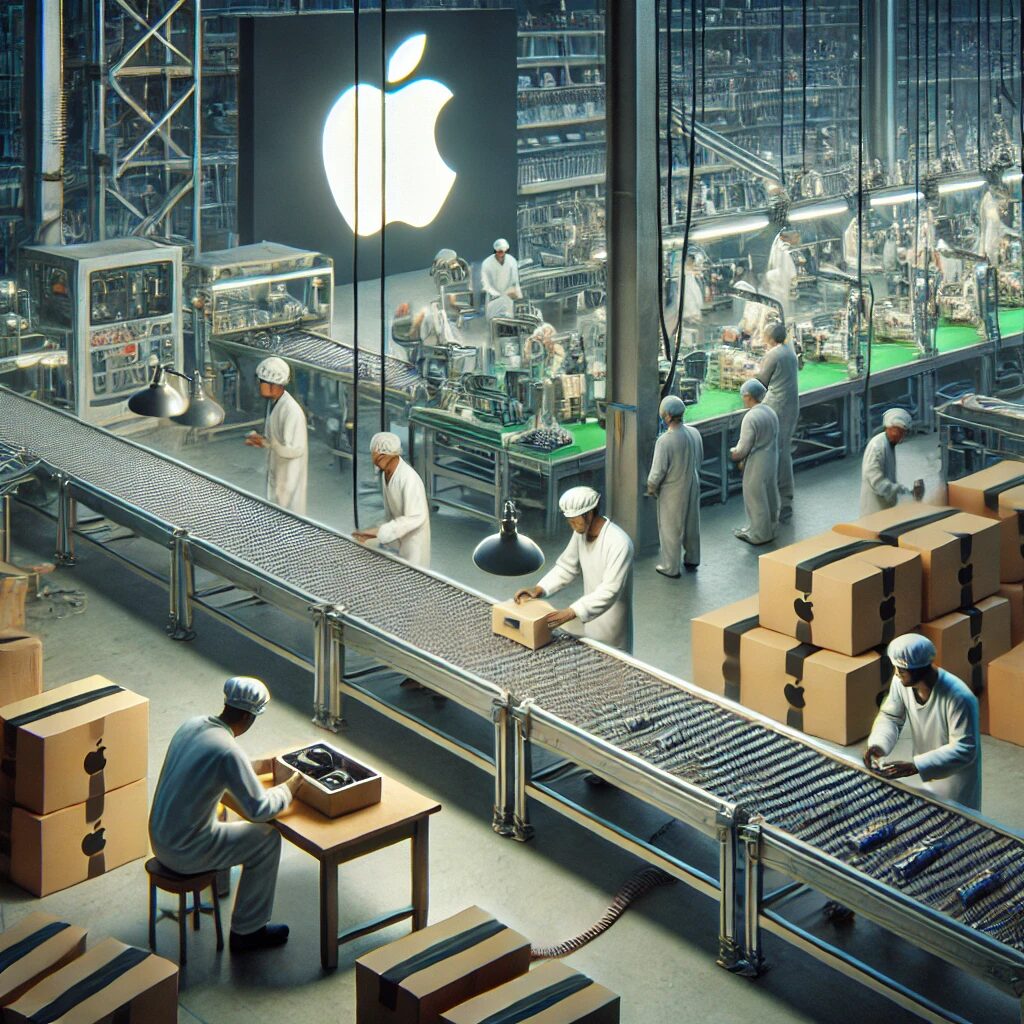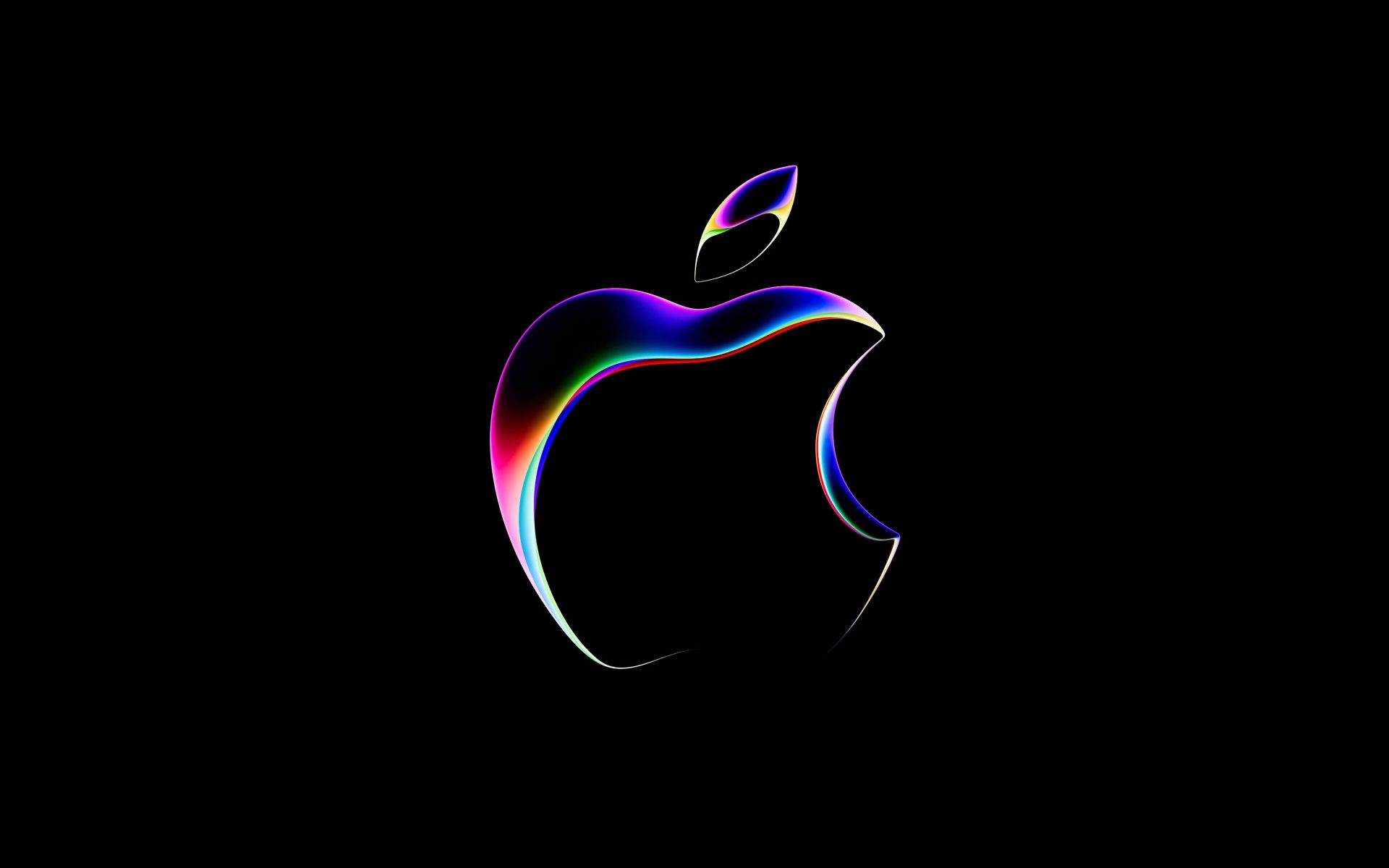Apple Reportedly Scales Back Vision Pro Production Amid Waning Demand
In a surprising twist for the tech industry, Apple is reportedly dialing back the production of its highly anticipated Vision Pro mixed reality headset. Sources close to the component manufacturers reveal that the company has significantly reduced production efforts since early summer and may cease assembly of the current model by year’s end.
Unveiled with much fanfare earlier this year, the Vision Pro was set to revolutionize how we interact with digital content by seamlessly blending virtual and real-world experiences. However, its steep price point of around $3,500 has proven to be a substantial barrier for many consumers. Competitors like Meta’s Quest 3 offer similar experiences at a fraction of the cost, approximately $500. Making them more accessible to the average user.
Employees at three of Apple’s suppliers have reportedly produced enough components for between 500,000 and 600,000 headsets. Yet, one supplier is said to have suspended production as early as May.
Apple has recently informed its assembly partner, Luxshare, about the possibility of winding down manufacturing operations in November. These moves suggest that Apple believes existing inventory may suffice to meet the current demand.
Apple CEO Tim Cook previously acknowledged that the Vision Pro is an “early-adopter product,” indicating that it might not achieve mass-market appeal immediately. Consumer hesitancy seems rooted in several factors beyond price. Users have noted the device’s bulkiness, the inconvenience of carrying a separate battery pack, and concerns about neck strain due to the headset’s weight and issues with the light seal. A component designed to block external light has also been highlighted. Moreover, a limited selection of essential apps has made the device less appealing to potential buyers.
In response to these challenges, Apple is reportedly developing a more affordable version of the Vision headset, targeting a release before the end of 2025. By reducing features and presumably the price point, Apple aims to make mixed reality technology accessible to a broader audience and better compete with existing market players.

The Bigger Picture
The scaling back of Vision Pro production underscores the complexities of launching innovative yet expensive technology in a competitive market. It reminds us that even industry giants like Apple must carefully navigate consumer expectations, pricing strategies, and technological challenges. As the company recalibrates its approach, both enthusiasts and skeptics will watch closely to see how Apple adapts and whether it can eventually capture the public’s imagination with its future vision.



Post Comment